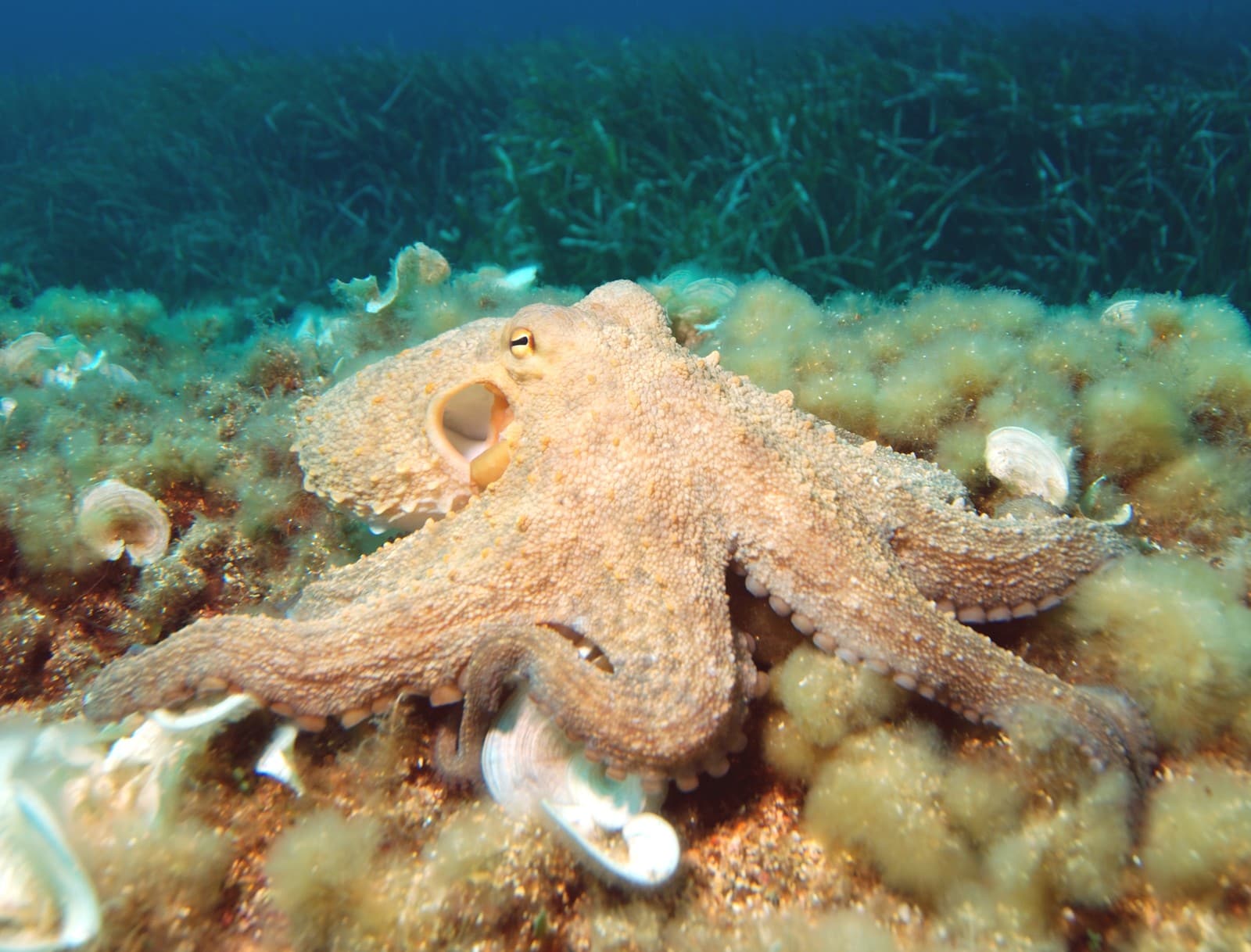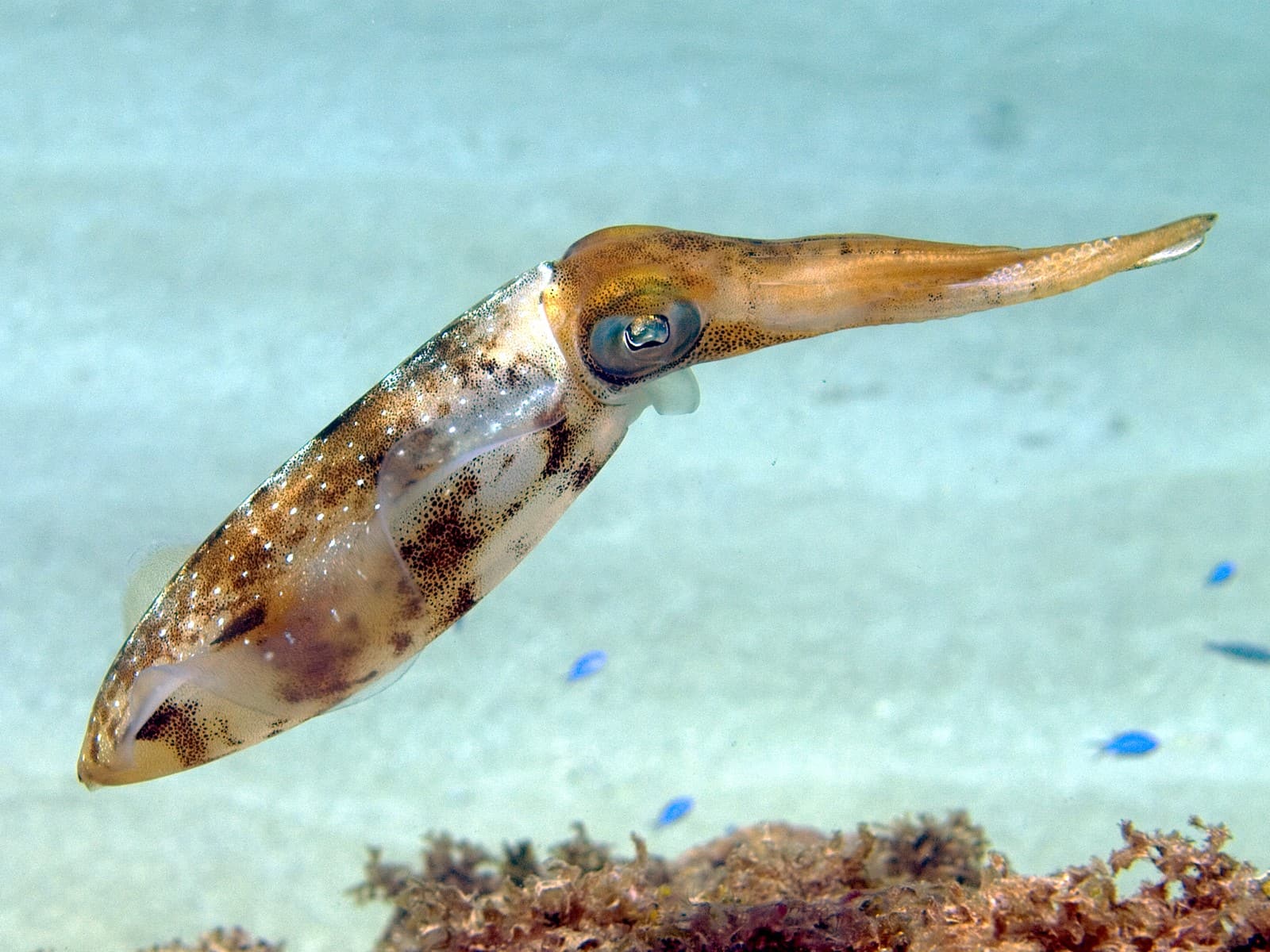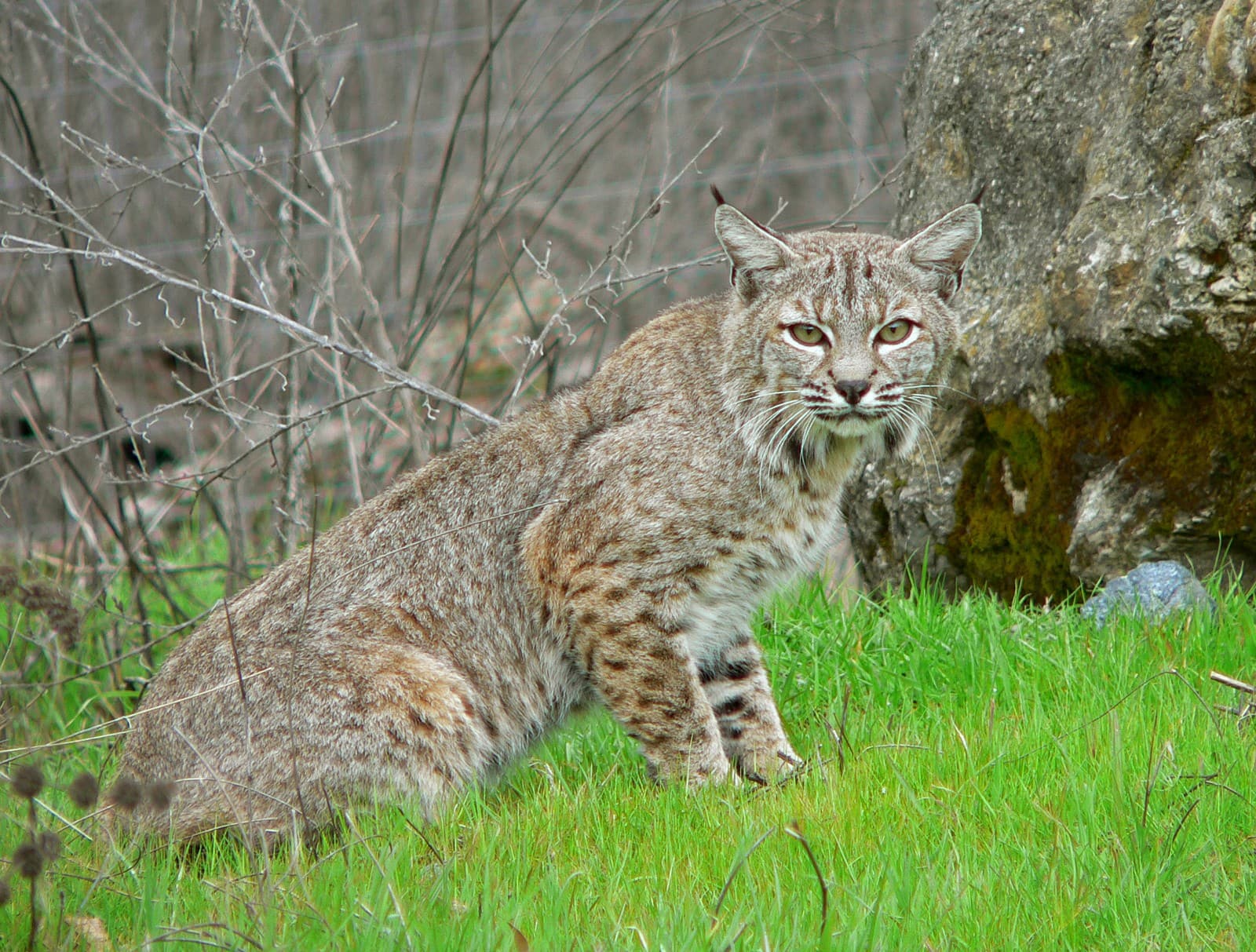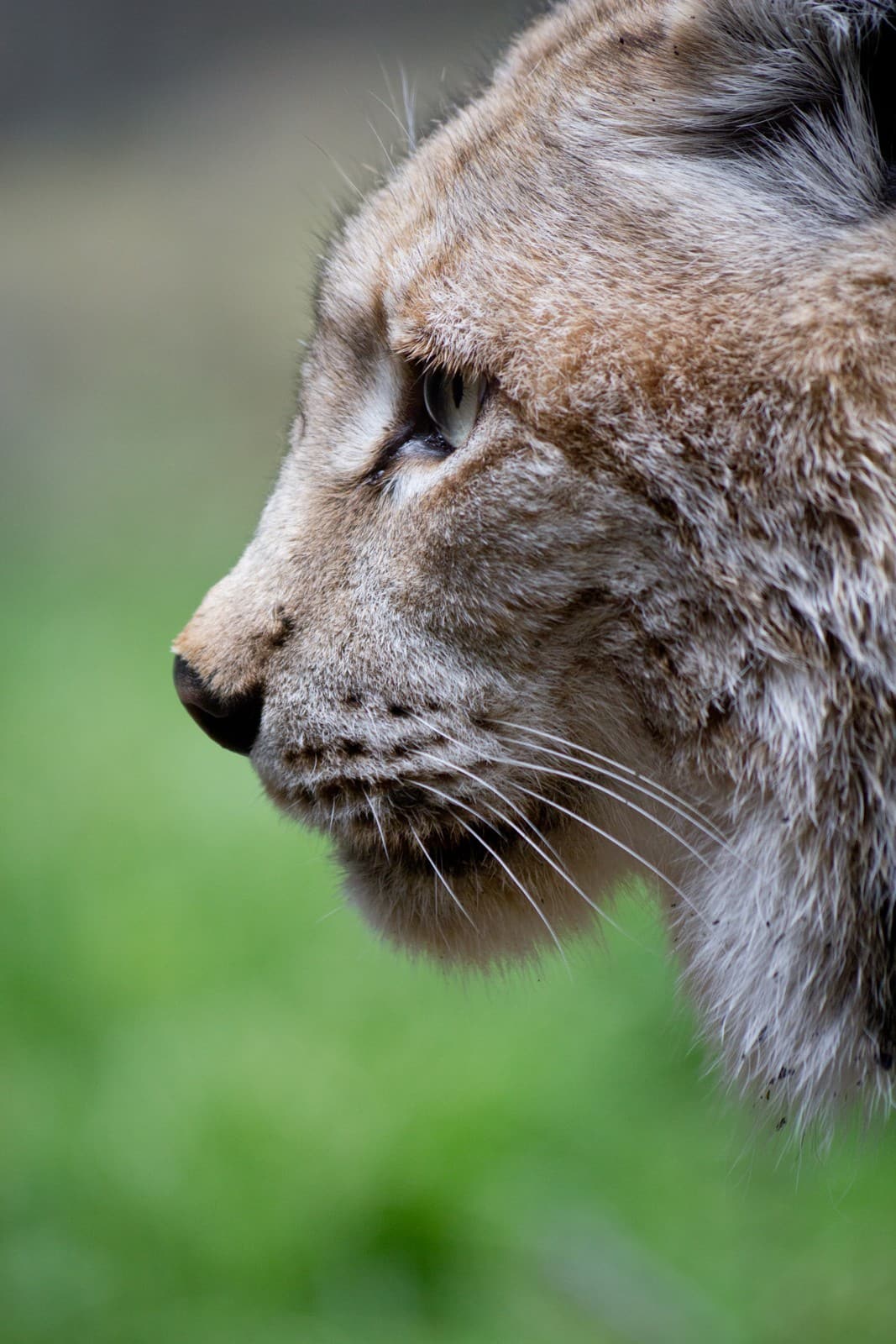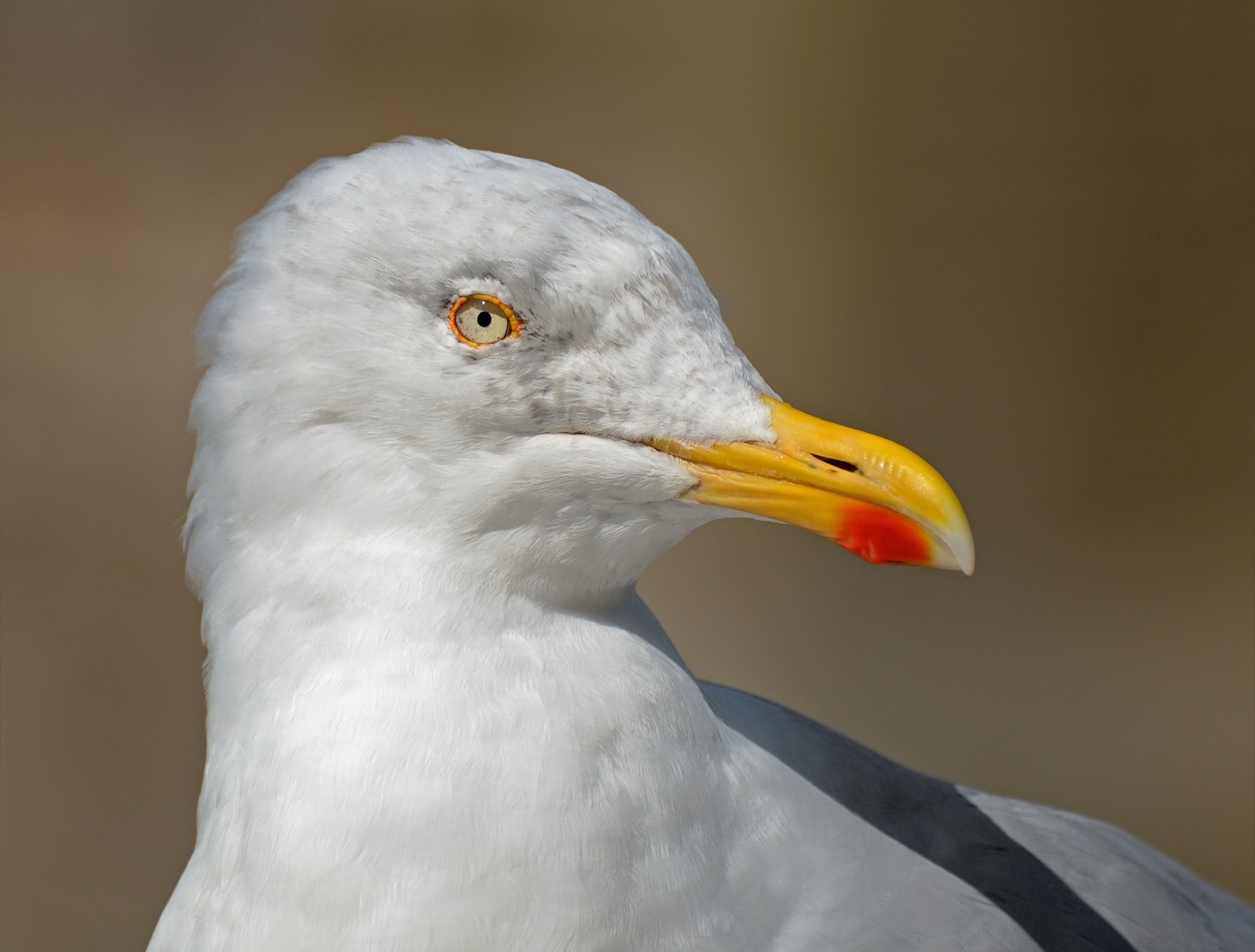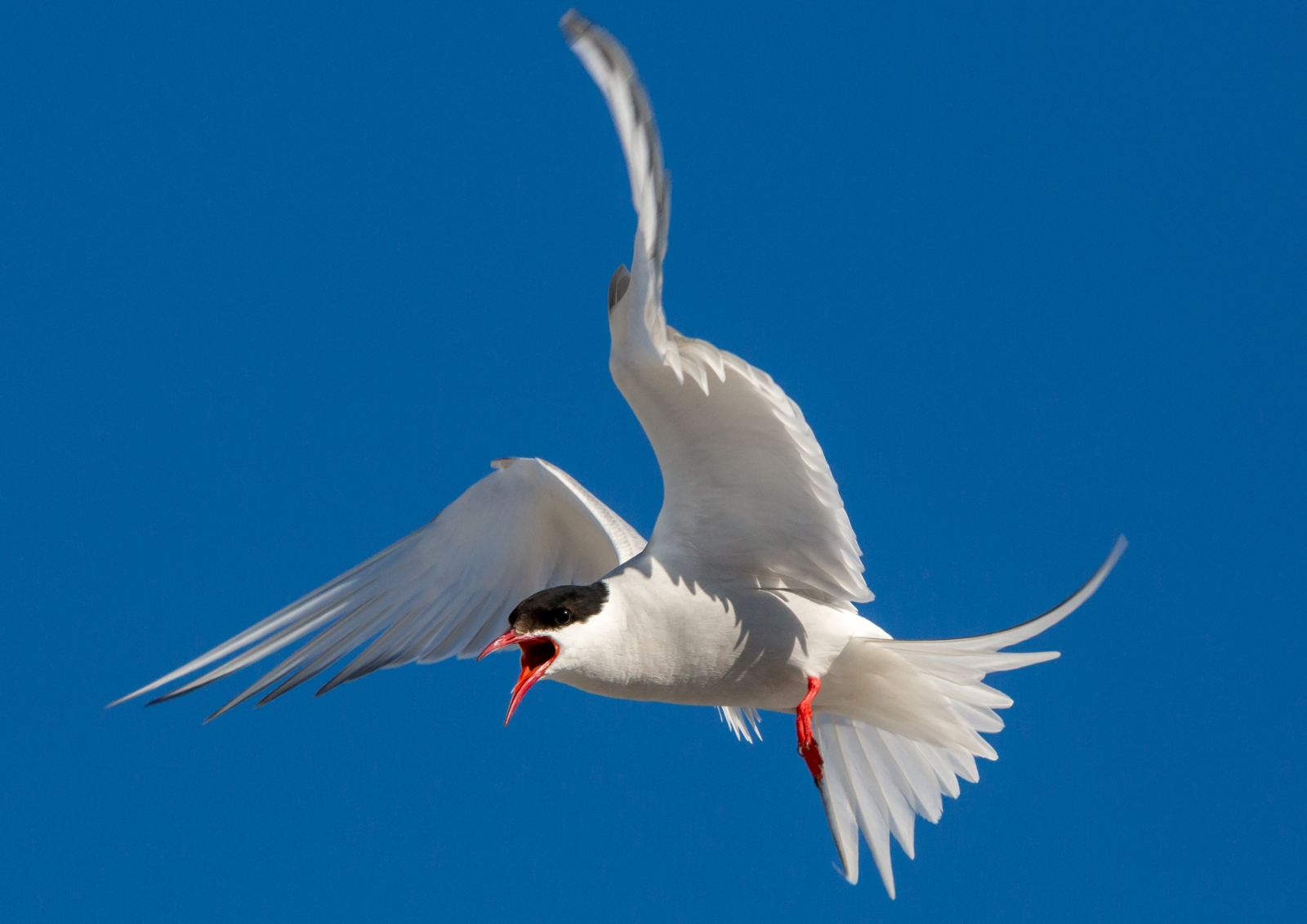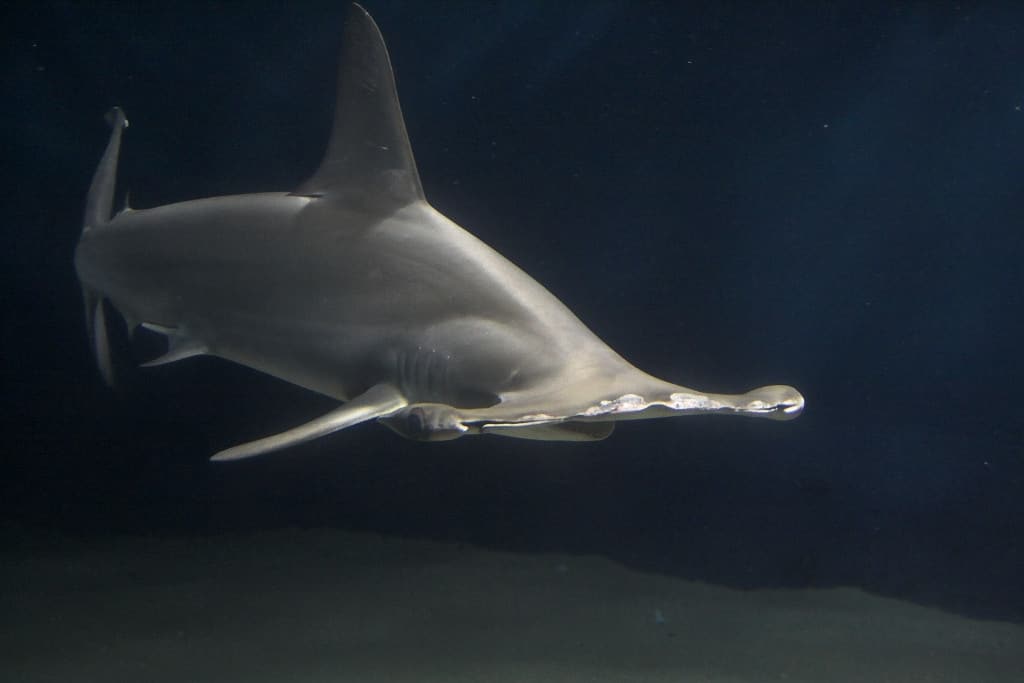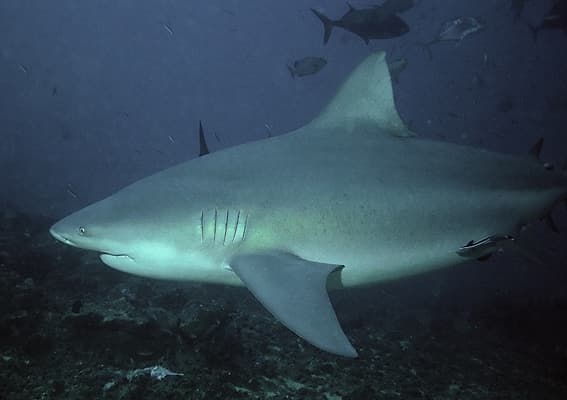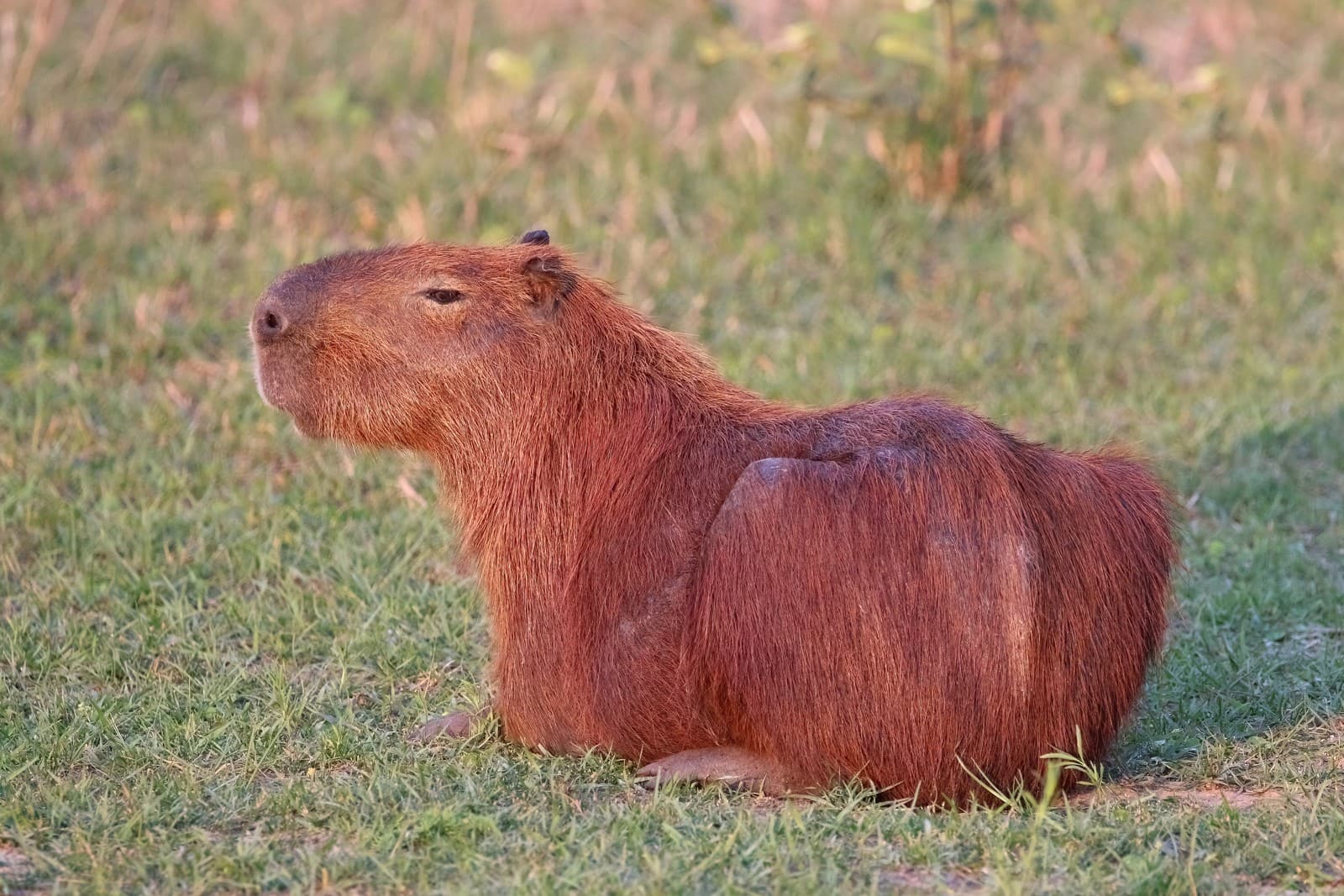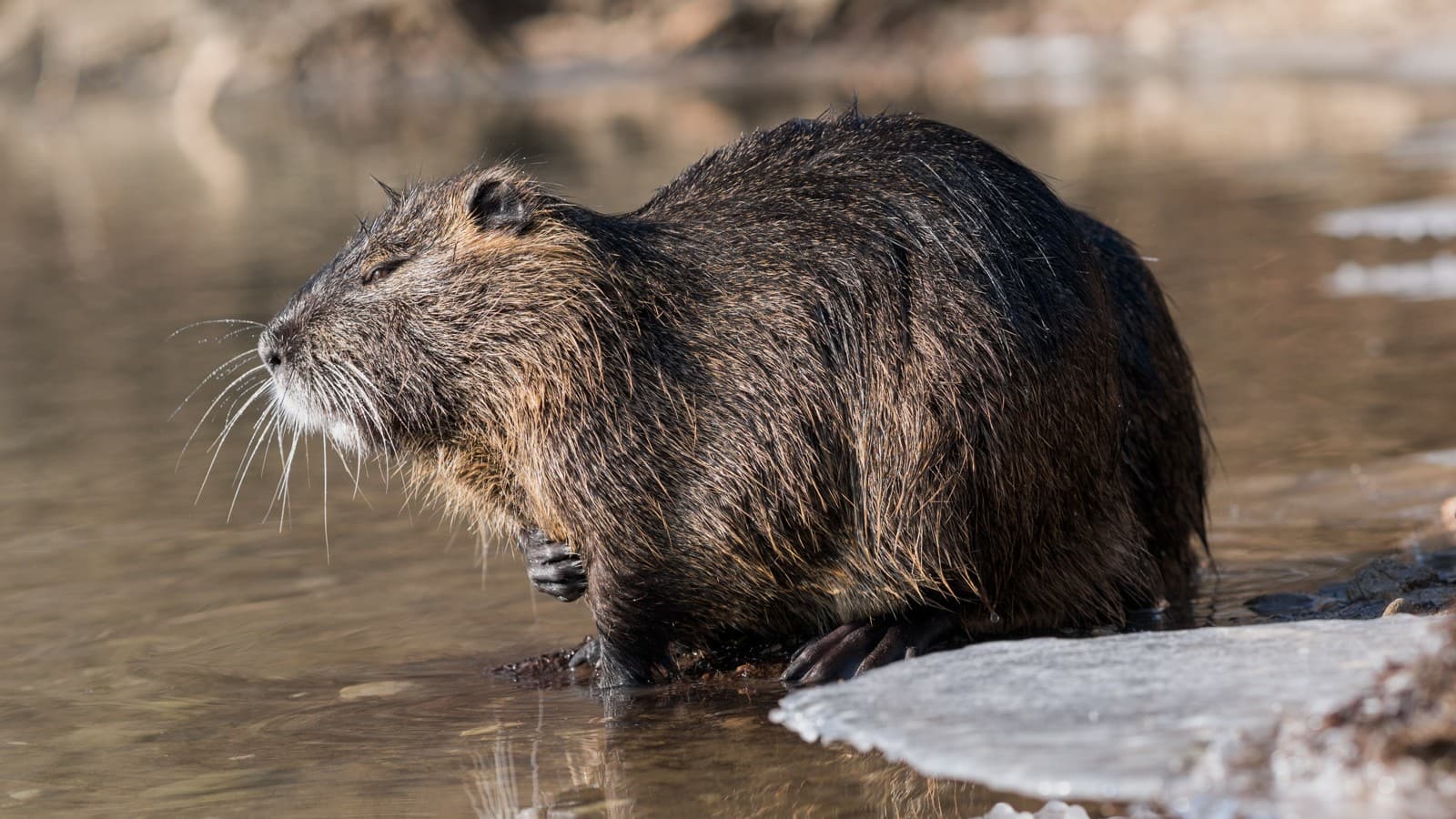Bush Baby vs Slow Loris: A Complete Comparison
When comparing Bush Baby vs Slow Loris, these charismatic nocturnal primates share several fascinating traits while maintaining distinct evolutionary paths. Bush Babies, native to Africa, are known for their extraordinary jumping abilities, covering distances up to 8 feet (2.4 meters) in a single leap. In contrast, Slow Lorises from Southeast Asia move with deliberate precision, rarely exceeding speeds of 1.5 miles (2.4 kilometers) per hour.
Despite both being prosimian primates, these species evolved on different continents, developing unique adaptations. Bush Babies typically weigh between 2-6 ounces (57-170 grams), while Slow Lorises are considerably heavier at 1-4 pounds (0.45-1.8 kg). These differences reflect their distinct ecological niches and survival strategies.
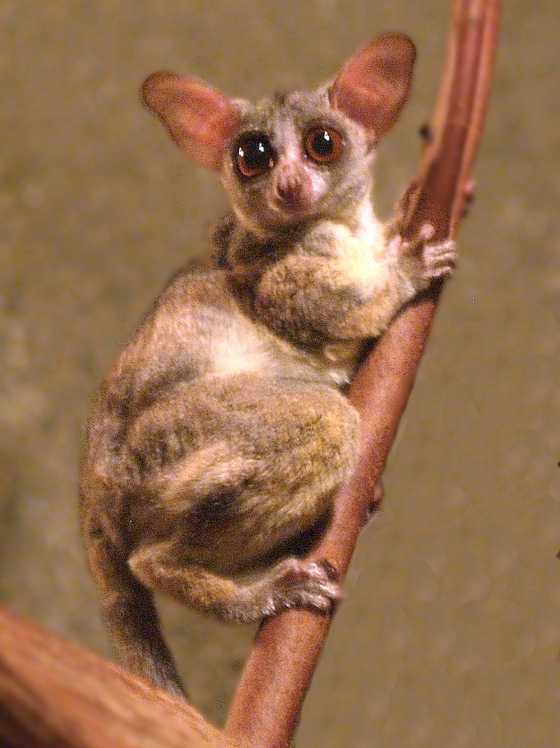
© OpenCage / CC BY-SA 2.5
The Bush Baby’s enormous eyes and distinctive ears showcase its exceptional nocturnal adaptations, allowing it to navigate African forests with remarkable agility.
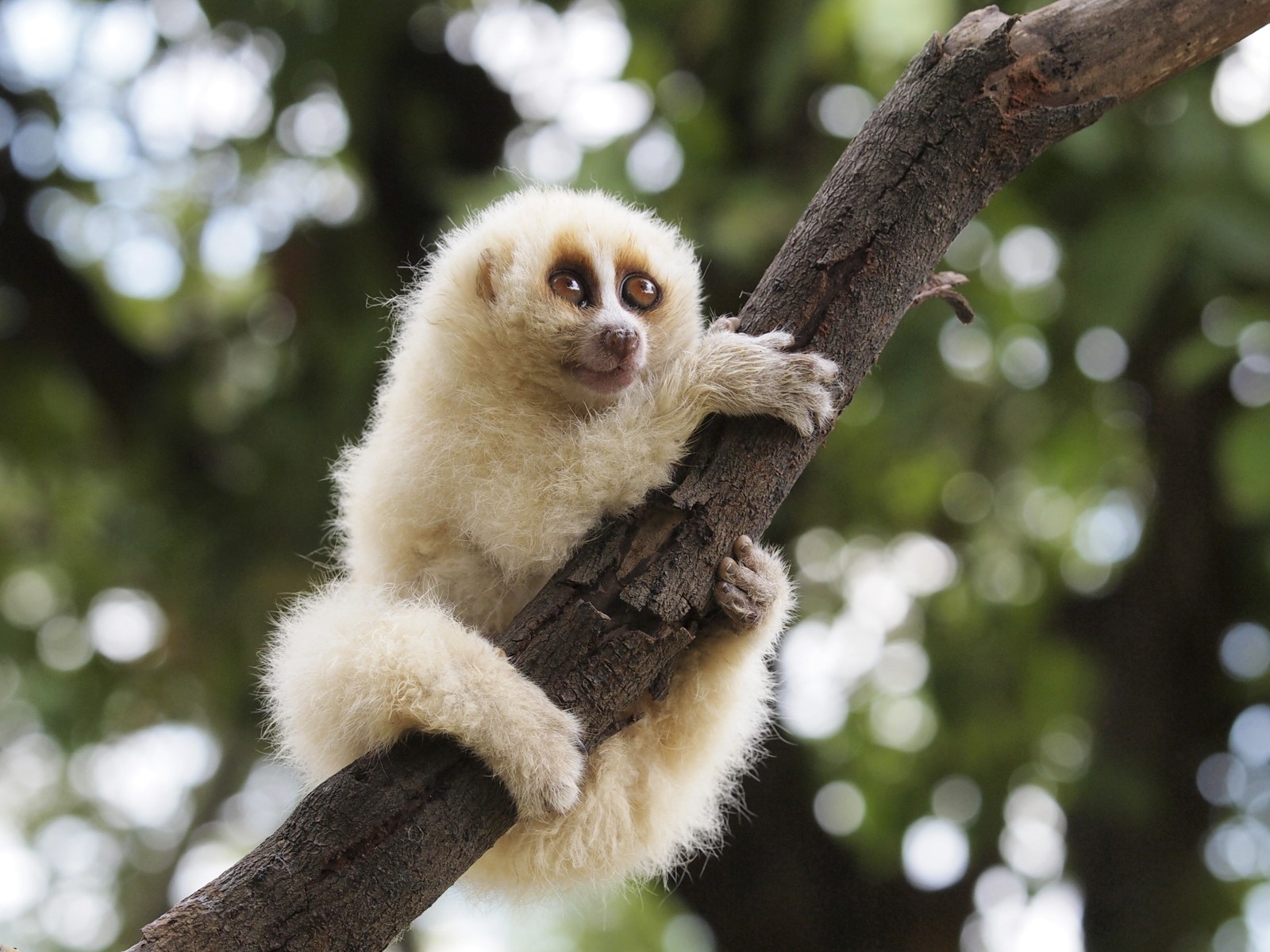
© Aprisonsan / CC BY-SA 4.0
The Slow Loris exhibits its characteristic methodical movement style, with specialized grip adaptations perfect for its deliberate arboreal lifestyle.
Key Differences Between Bush Baby and Slow Loris
| Feature | Bush Baby | Slow Loris |
|---|---|---|
| Size | 5-7 inches (13-18 cm) | 8-15 inches (20-38 cm) |
| Weight | 2-6 ounces (57-170 g) | 1-4 pounds (0.45-1.8 kg) |
| Speed | Up to 20 mph (32 km/h) in jumps | 1.5 mph (2.4 km/h) maximum |
| Defense Mechanism | Rapid movement, jumping | Venomous bite, toxic secretions |
| Geographic Range | Sub-Saharan Africa | Southeast Asia |
| Social Behavior | Semi-social, often solitary | Primarily solitary |
Habitat and Distribution
Bush Babies thrive in diverse African environments, from dense rainforests to woodland savannas, spanning across 23 different countries. Slow Lorises inhabit primary and secondary forests across Southeast Asia, including Indonesia, Malaysia, and Thailand, preferring dense, humid forest environments.
Behavioral Differences
Movement and Agility
Bush Babies are renowned for their explosive movement capabilities, using powerful leg muscles to leap between branches with precision. Their large eyes and exceptional night vision enable rapid navigation through the forest canopy. Slow Lorises, conversely, employ a methodical climbing technique, gripping branches with their specialized hands and feet, moving deliberately to avoid detection.
Defensive Strategies
While Bush Babies rely on agility and speed to escape predators, Slow Lorises possess a unique defense mechanism: toxic bite. They produce a venomous secretion from glands near their elbows, which they mix with saliva to deliver a potentially dangerous bite - the only venomous primate species known to science.
Diet and Hunting
Both species are omnivorous, but their hunting strategies differ significantly:
-
Bush Babies:
- Primary diet: insects (80%)
- Supplementary: fruit, tree gum, small vertebrates
- Hunting style: active pursuit and capture
-
Slow Lorises:
- Primary diet: tree gum and nectar
- Secondary: insects, small vertebrates
- Hunting style: slow, methodical stalking
Conservation Status
The conservation challenges facing these primates highlight their distinct vulnerabilities:
- Bush Babies: Generally listed as Least Concern, though habitat loss threatens some species
- Slow Lorises: All species listed as Vulnerable or Endangered, primarily due to the pet trade and habitat destruction
Intelligence and Social Structure
Both species display remarkable intelligence but express it differently. Bush Babies exhibit complex social behaviors within small family groups, using various vocalizations for communication. Slow Lorises maintain more solitary lifestyles but demonstrate sophisticated spatial memory and tool use in foraging.
Who Would Win in an Encounter?
While direct confrontations would be extremely rare in nature, the defensive capabilities of each species differ dramatically. The Slow Loris’s venomous bite provides a formidable defense mechanism, while the Bush Baby’s superior agility and speed offer effective escape strategies. Neither species is naturally aggressive toward similar-sized mammals, preferring avoidance over confrontation.
This comparison of Bush Baby vs Slow Loris reveals how similar ecological niches can be filled by remarkably different evolutionary adaptations, each species perfectly suited to its specific environment and survival strategies.
